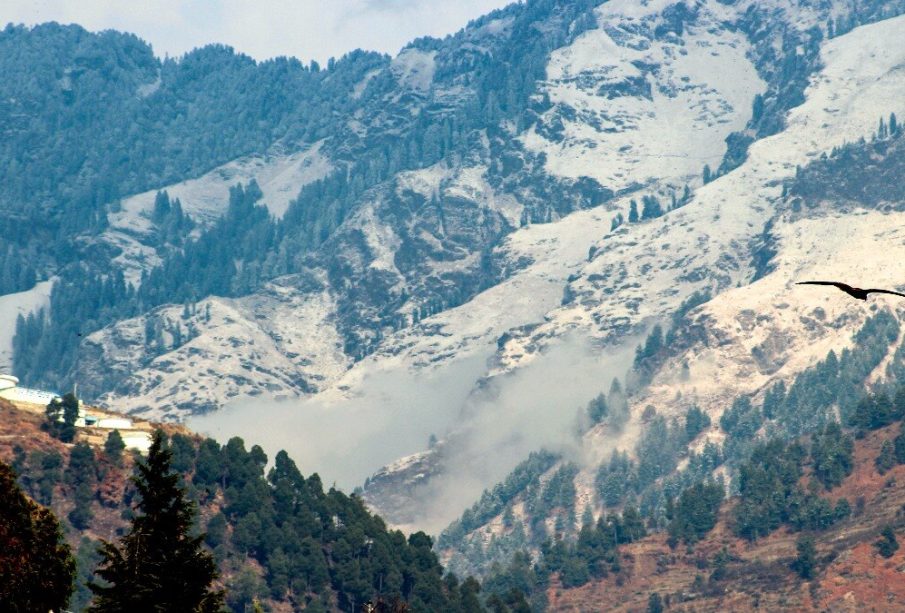Discovering the Magic of Kullu Valley

Introduction
Kullu, a picturesque valley located in the Indian state of Himachal Pradesh, is renowned for its stunning natural beauty, rich culture, and adventure opportunities. Nestled between the majestic Himalayan ranges, Kullu attracts both domestic and international tourists, making it a vital contributor to the region’s economy. Its unique blend of scenic landscapes, vibrant traditions, and adventure sports makes Kullu an essential topic of interest for nature lovers and travelers alike.
Recent Developments
In recent months, Kullu has seen a surge in tourism, particularly post-pandemic, as travelers seek open spaces and activities that reconnect them with nature. The government of Himachal Pradesh has promoted various initiatives to enhance the tourism infrastructure in Kullu, including better roads, transportation facilities, and promotional campaigns showcasing Kullu’s beauty. The ongoing ‘Vibrant Kullu’ festival, held annually, highlights local arts, crafts, and culinary delights, further enticing visitors to experience the rich culture of the valley.
Adventure enthusiasts flock to Kullu for a range of activities such as trekking, paragliding, and river rafting. The Beas River, flowing through the valley, offers thrilling white-water rafting experiences, while the surrounding mountains provide perfect trekking routes. Local operators have reported a significant uptick in bookings for these activities, reflecting a renewed interest in outdoor adventures.
Environmental Concerns
As tourism in Kullu increases, so do concerns about environmental sustainability. Authorities have raised alarms about waste management and the preservation of natural resources. Initiatives to promote eco-friendly tourism practices are being introduced, aiming to protect the delicate ecosystem of the valley while allowing visitors to appreciate its beauty responsibly. Local organizations are working to educate tourists about preserving Kullu’s environment, emphasizing the importance of responsible travel.
Conclusion
Kullu is more than just a travel destination; it is a sanctuary for those seeking peace, adventure, and a connection with nature. The future of Kullu’s tourism industry looks promising, bolstered by government initiatives and a growing awareness of sustainable travel practices. As the valley opens its arms to tourists once again, it remains crucial for everyone to engage in environmentally responsible tourism to preserve its unique charm for generations to come. Travelers planning their trips to Kullu are encouraged to explore the valley’s secrets while ensuring they leave no trace behind.









